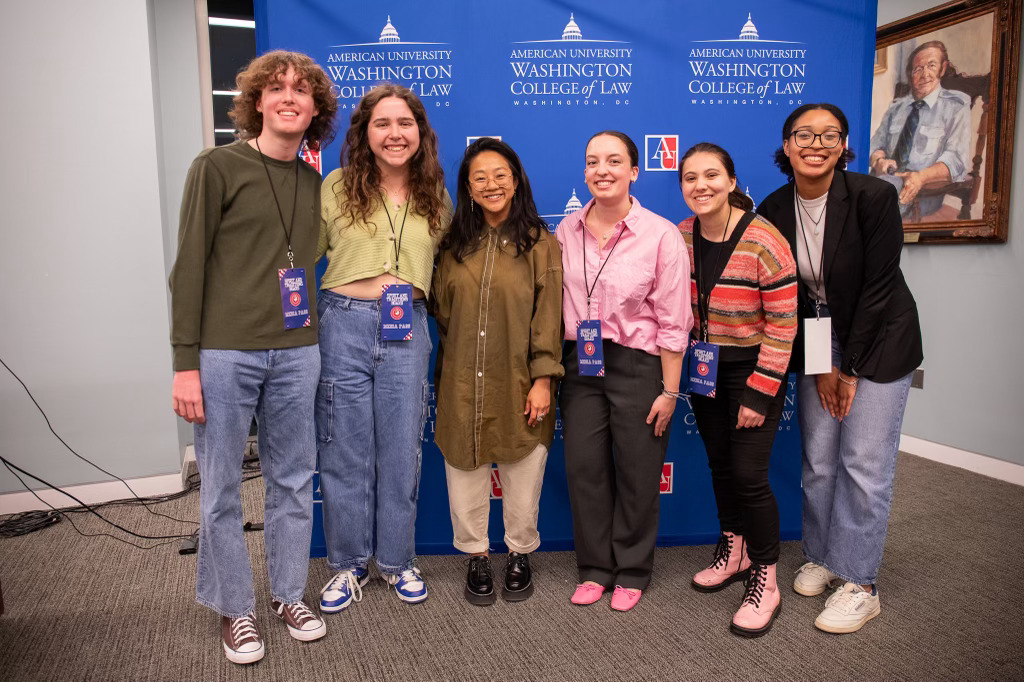The Only Reason it’s Okay to Say You’re Stuck in the 1960’s: A Review of Surrealistic Pillow by Jefferson Airplane
November 26, 2015

Courtesy of Herb Greene Fotos
You know that cool uncle you have? The one that your dad somewhat resents? Yeah, he listened to Jefferson Airplane. He listened to Jefferson Airplane a lot, and he listened to Jefferson Airplane at the right time. Sadly, we live in a world where a band like Jefferson Airplane could never recreate itself, as the early to mid 60’s San Francisco scene will never be re-created. The counter-culture San Francisco scene was so necessary to the band’s creation that most recognizable members, such as Grace Slick and Spencer Dryden, only met the other members because of places like The Matrix and the general musical scene in the city.
I’m sure you’ve heard the term “The Summer of Love,” and there is a common misconception that this was a countrywide phenomena. The summer of 1967 was not The Summer of Love. San Francisco in the summer of 1967 is The Summer of Love. Surrealistic Pillow is the ultimate record for that moment. It was released in February of 1967, which left it just enough time for every bohemian drop-out across the States to listen to it, realize that they had to go to San Francisco as soon as possible, and scrounge enough cash to end up in the Haight-Ashbury district, or Hashbury as Hunter S. Thompson would call it, by the time summer came around.

Courtesy of Genius
The album cover itself is iconic. Grace Slick is the only person smiling in the image, next to Jack Cassidy who is facing outwards. Marty Balin is awkwardly holding a flute and Paul Kantner is dead center in between Jorma Kaukonen and Spencer Dryden, who holds the banjo. The bubble gum pink stripe makes it the easiest record to pick out of your cool uncle’s collection. Yet, it is the back of the album that strikes me. Marty Balin, one of the four guitarists and four vocalists, designed the album. The collage of band members, hides a small piece of texts that says “Jerry Garcia, Musical and Spiritual Advisor.” Garcia, of the Grateful Dead, is said to have named the album. This album is drenched in influence, psychedelics, and controversy. It is debated which songs Garcia played on, yet it is accepted that Garcia functioned as the band’s assumed producer, as Rick Jarred, according to Kantner, was “an obnoxious ass in the true Hollywood tradition.” As much as I love the album cover, I wish it were possible for something to look as good as Surrealistic Pillow sounds.

Courtesy of Vinyl LP Review
You have certainly heard some of this album. “Somebody to Love” and “White Rabbit” are some of the most famous songs to come out of the Summer of Love. I thoroughly believe that the whole album, as influential as it is, is underrated. The album pioneers counter-culture psychedelic rock. The first side starts with four three minute songs and ends with the soulful and folky “Comin’ Back to Me,” which was written by Balin. “Comin’ Back to Me” shows the diversity of ability in the group, with Grace Slick softly and melodically playing the recorder. I bet you didn’t believe you could cry to a recorder, but Jefferson Airplane defies expectations. The song with lyrics such as “Small things like reasons, are put in a jar” were written in one day and, according to the 2003 re-released album liner notes Balin “recalls, [“Comin’ Back to Me” was] created while he indulged in some primo-grade marijuana given to him by blues singer Paul Butterfield.” However, the album’s love ballad is not out of place, the whole album focuses around the theme of absolute and uncontrollable love.
Even the song “Plastic Fantastic Lover,” which is humorous in its premise, uses love as a theme to critique American consumerism. Also written by Balin, the lyrics include half-rhymes and is sung at an extremely fast pace. Balin dances next to the core of mainstream Americana when he sings “Her aluminum finish, slightly diminished/Is the best I ever have seen.” This song is also the least like “Comin’ Back to MeÛ, which just shows Balin’s extreme level of creativity. However, every member of Jefferson Airplane is unbelievable creative. Grace Slick’s vocals in “Somebody to Love” is almost haunting, but is balanced by Kanter and Balin, creating a drone like tonal range that is also somehow uplifting. Darby Slick, who is Grace Slick’s brother-in-law and band-mate in The Great Society, as well as writer of “Somebody to Love,” said, “The world was poised, wanting a hit out of San Francisco, it just happened that Somebody to Love’ was there, wrote the song. The Airplane was ready, and the song was ready.Û
The psychedelic rock album was influenced by Indian music, folk, Irish ballads, blues, jazz and, lysergic acid diethylamide. Jefferson Airplane disbanded in 1972, but was only really solid from 1967 to 1970, when all of the core members had gotten together and stayed together. In 1970 the drummer Dryden was voted out of the band, and, after Balin’s close friend Janis Joplin’s death in 1971, Balin was unable to continue with the band. Grace Slick was in a terrible car crash in 1971 but survived. Jefferson Airplane essentially split into two bands, Hot Tuna and Jefferson Starship. Both are good but go in different directions than Jefferson Airplane. Listening to Surrealistic Pillow is how to transport yourself to the Summer of Love. However, remember that and album this surreal will only make us dream, as singer-guitarist Paul Kantner says of Grace Slick, “She was everybody’s dream for one good summer — in fact, for a good many summers after that.”















Patricia Wilson • May 19, 2023 at 8:26 pm
So who played the flute that Grace Slick is holding on the cover?